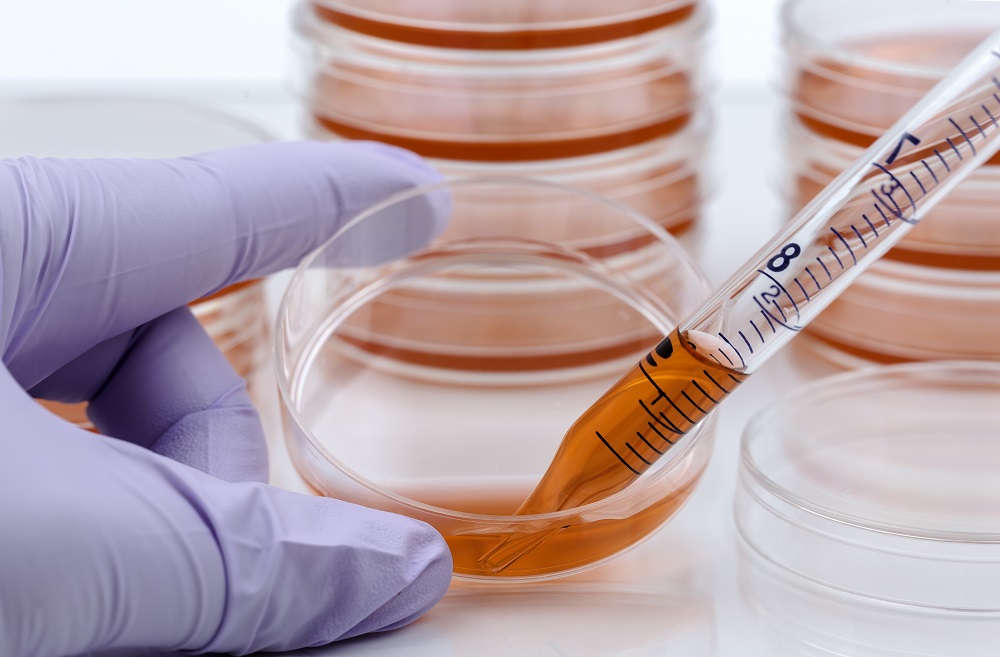
The protocol of treatment was approved by local ethical committee and patient’s informed consent was obtained for it. The aim of this work was to study the possibility of autologous ASCs use for the treatment of “thin endometrium” in patients with unsuccessful ART programs. These adipose-derived mesenchymal stem cells (ASCs) have rather high capacity for differentiation (multipotency) and proliferation. First MSCs were derived from adipose tissue during its cosmetic extraction in 2001. However, lately adipose tissue becomes popular because the procedure of its extraction - liposuction is less traumatic and better tolerated by patients compared to spongy bone puncture for bone marrow obtaining. The main source of autologous stem cells is bone marrow. 2014) and in clinical practice in patients with Asherman syndrome and endometrial athrophy refractory to other types of therapy, (Singh N, et al. There were several publications about the use of stem cells for improving the endometrium growth and structure in experimental (animal) models (Zhao Jing et al. In some areas of medicine, autologous stem cells are already used in clinical practice for the repair of damaged tissues and organs, although these methods are still experimental. Therefore, in case of their lack or absence it is logical to assume that endometrial niche can be colonized by autologous stem cells derived from other tissues. Endometrial MSCs are adult stem cells similar to those found in other tissues. It may be assumed that the absence, lack and defects of MSCs or the absence of signals needed to push their proliferation and differentiation lead to the fact that endometrium is not renewed, thin and unable to provide the implantation of embryo. A group of scientists from Australia detected and identified population of mesenchymal stem cells (MSCs) and epithelial progenitor cells in human endometrium. Cells with multipotent properties were also found in endometrium. Various organs and tissues are believed to contain stem cells populations that ensure the recovery of these tissues.
Endometrium is a unique tissue that has thousands of cycles of growth, differentiation and detachment during woman’s life. Nevertheless, when endometrial thickness in ART program does not exceed 6 mm the chance of pregnancy occurring is very low (Kumbak B, et al. Scientific literature is debatable as to what thickness of endometrium should be considered optimal, some researchers emphasize the negative impact of “thin endometrium” on the success of ART programs, while others do not agree.

In practice of ART programs ultrasound measurement of endometrial thickness is used to evaluate uterine lining growth.

It is believed that there is a critical limit of endometrial thickness beyond which the implantation of embryo is unlikely or impossible. At the end of follicular phase of menstrual cycle endometrium reaches its greatest thickness. One of the factors of assisted reproduction technology (ART) success is an adequate growth and development of endometrium. This is an open access article distributed under the Creative Commons Attribution License, which permits unrestricted use, distribution, and reproduction in any medium, provided the original work is properly cited. Application of autologous adipose-derived stem cells for thin endometrium treatment in patients with failed ART programs.
AUTOLOGOUS STEM CELL TRANSPLANT HOW TO
How to cite this article: Sudoma I, Pylyp L, Kremenska Y, Goncharova Y. *Address for Correspondence: Y Goncharova, Maternity Hospital LELEKA, Kyiv, Ukraine, M. I Sudoma 1,2, L Pylyp 1, Y Kremenska 1 and Y Goncharova 1,3*ġClinic of Reproductive Medicine NADIYA, Kyiv, UkraineĢNational Medical Academy for Postgraduate Education, PL Shupik, Kyiv, UkraineģMaternity Hospital LELEKA, Kyiv, Ukraine Application of autologous adipose-derived stem cells for thin endometrium treatment in patients with failed ART programs


 0 kommentar(er)
0 kommentar(er)
